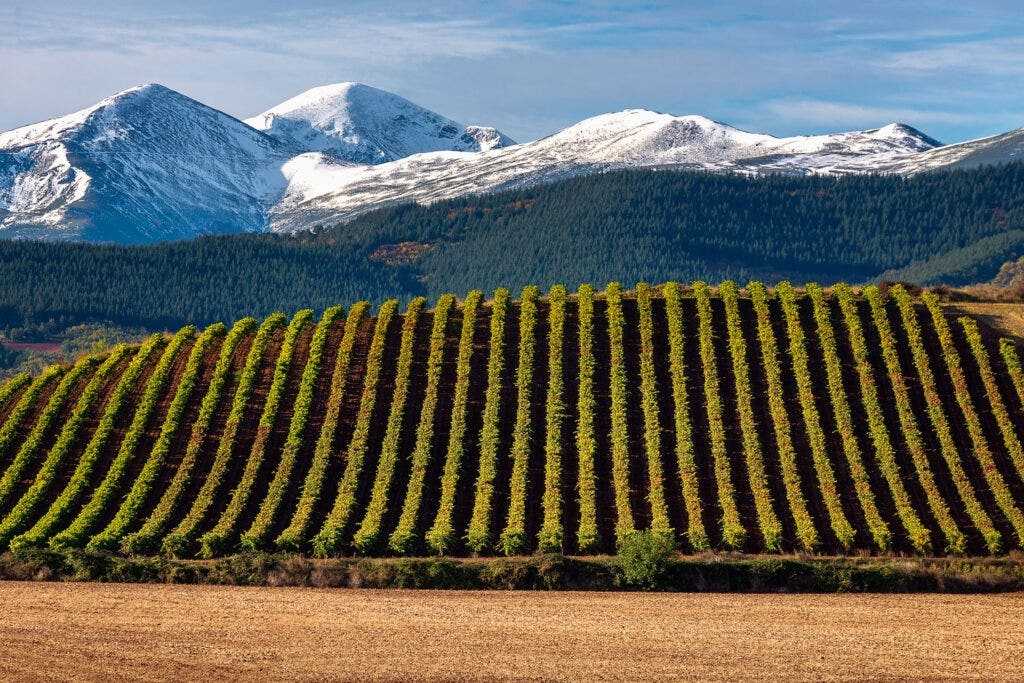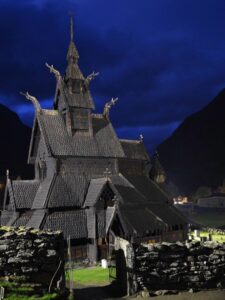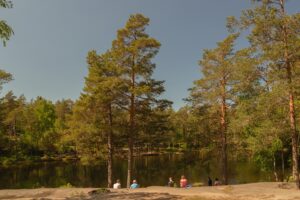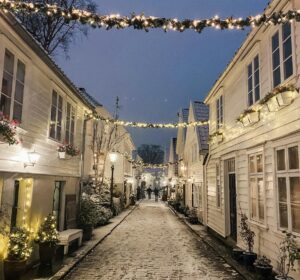La Rioja Wine Region: Vineyards and Historic Wineries
Nestled in the northern part of Spain, La Rioja is a picturesque wine region renowned for its rich history, stunning landscapes, and world-class wines. This area is a paradise for wine enthusiasts and travelers seeking a blend of culture, history, and gastronomy. With its rolling vineyards, charming villages, and historic wineries, La Rioja offers a unique experience that captures the essence of Spanish winemaking tradition.
Exploring the Vineyards and Wineries
La Rioja is home to over 500 wineries, ranging from small family-run bodegas to large, internationally recognized producers. The region is divided into three sub-regions: Rioja Alta, Rioja Alavesa, and Rioja Oriental, each offering distinct wine characteristics due to variations in climate and soil. Visitors can embark on guided tours through the vineyards, where they can learn about the grape-growing process and the art of winemaking. Many wineries offer tastings, allowing guests to sample a variety of wines, from robust reds to crisp whites. Some notable wineries to visit include Bodegas Muga, known for its traditional methods, and Marqués de Riscal, famous for its avant-garde architecture designed by Frank Gehry.
A Journey Through History
La Rioja’s winemaking history dates back to Roman times, but it was during the Middle Ages that the region gained prominence, thanks to the Camino de Santiago pilgrimage route passing through it. Monasteries played a crucial role in cultivating vineyards and producing wine. The region’s wine industry flourished in the 19th century with the introduction of French winemaking techniques. Today, La Rioja is celebrated for its Tempranillo grapes, which produce some of the finest wines in the world. The Wine Museum in Briones offers an insightful journey through the history of winemaking in the region, showcasing ancient tools and techniques.
Interesting Facts and Tips for First-Time Visitors
La Rioja is not just about wine; it also boasts stunning natural landscapes and cultural attractions. The region is dotted with medieval villages, such as Laguardia and Haro, where visitors can stroll through cobblestone streets and admire historic architecture. The annual Haro Wine Festival, held in June, is a must-see event where locals and tourists engage in a lively wine battle. For those interested in nature, the Sierra de Cebollera Natural Park offers hiking trails with breathtaking views.
Getting to La Rioja is relatively easy. The nearest major city is Logroño, which has a small airport and is well-connected by train and bus services. From Logroño, visitors can rent a car to explore the region at their own pace. For first-time visitors, it’s advisable to book winery tours in advance, especially during peak seasons. English-speaking guides are available at most major wineries, but learning a few basic Spanish phrases can enhance the experience.
La Rioja is a destination that captivates the senses, offering a perfect blend of wine, history, and culture. Whether you’re a wine connoisseur or a curious traveler, this region promises an unforgettable journey through Spain’s winemaking heritage.








